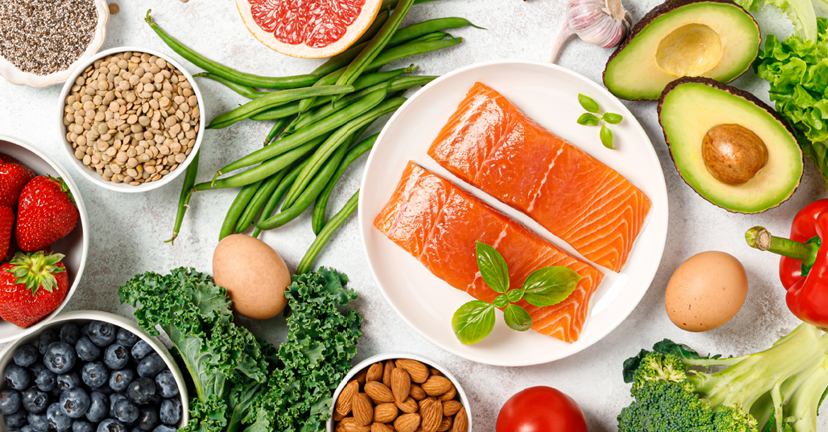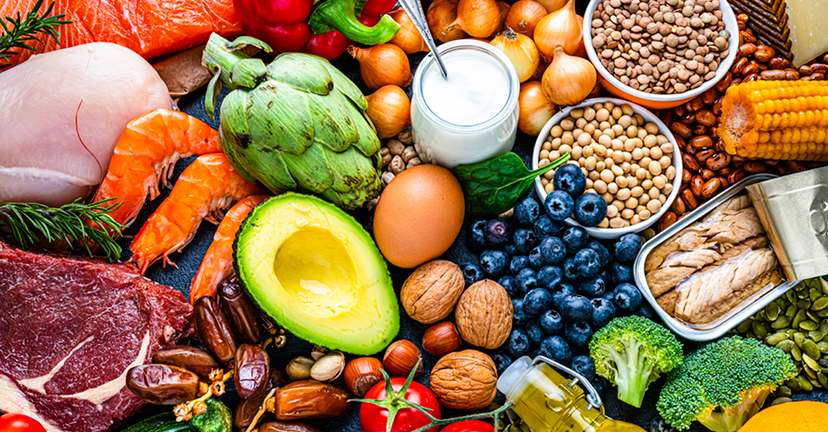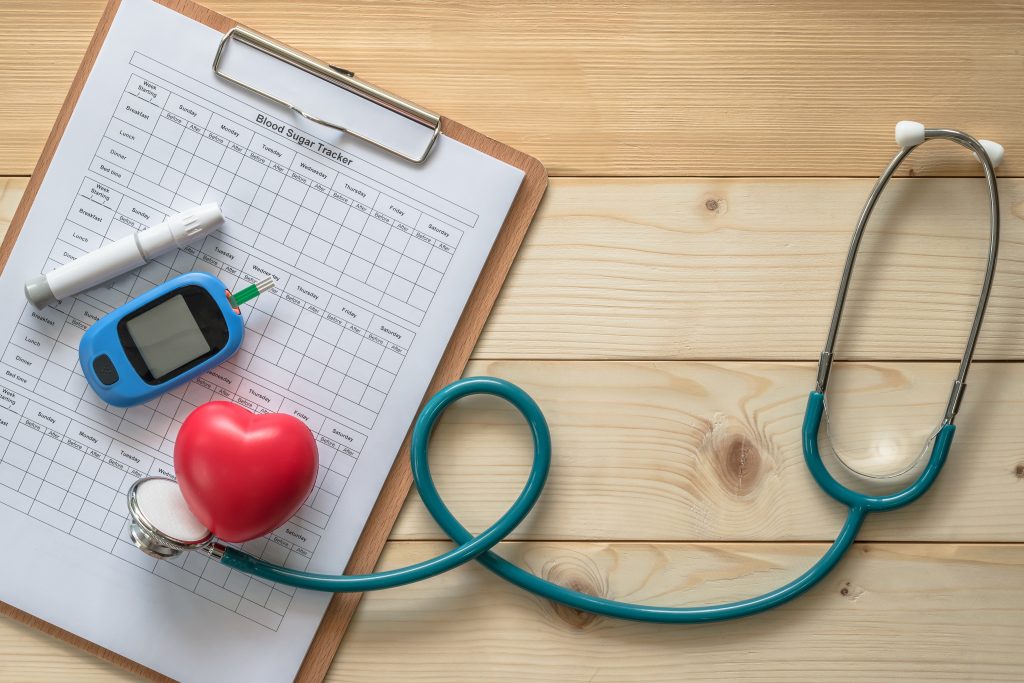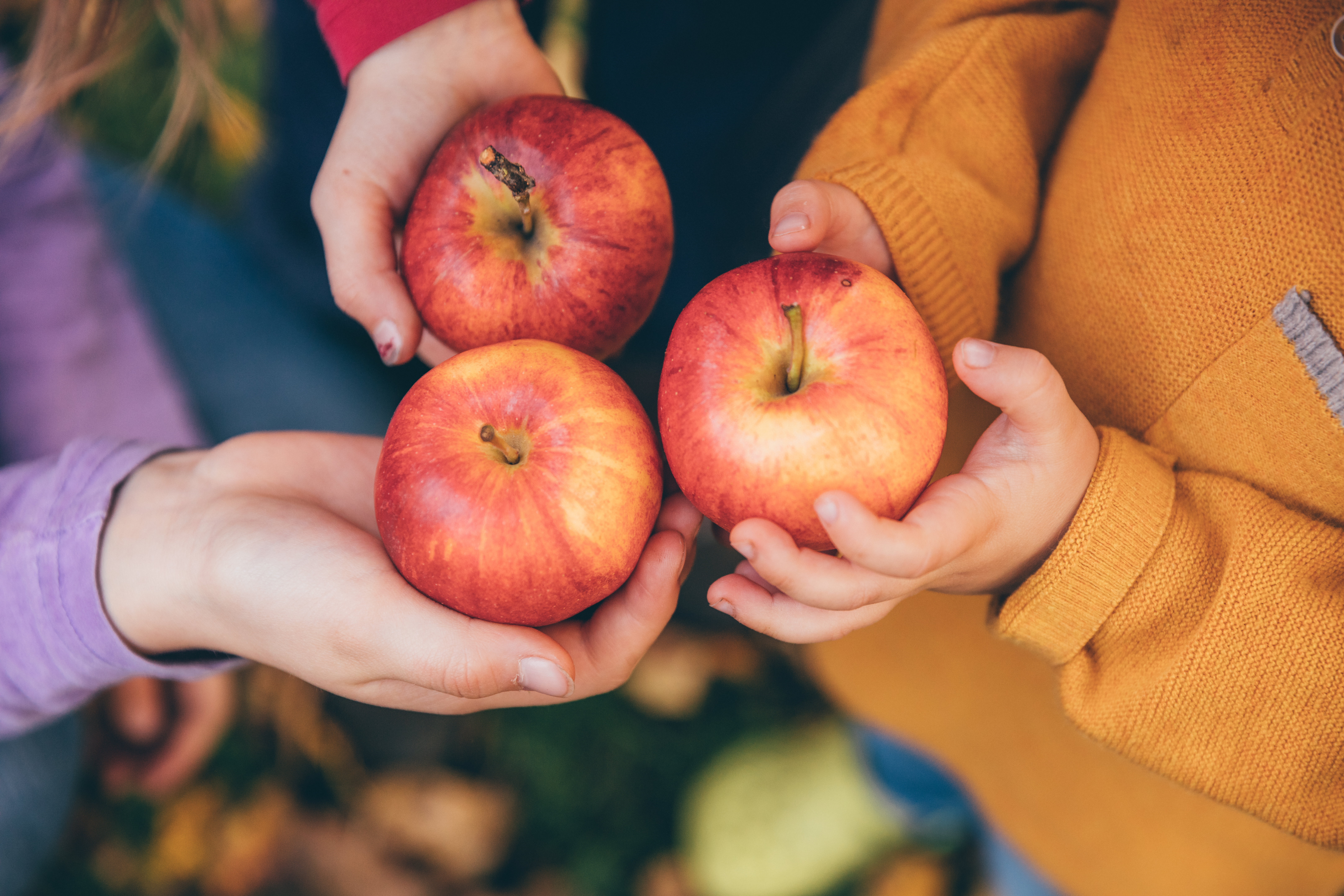
Crunch Time!
Ellie Wilson, MS, RDN Senior Nutritionist
Apples are amazing – sweet, tart, crunchy and crave-worthy! This is apple season, and we have the benefit of enjoying local apples and apple cider, especially the super crunchy, super juicy Snapdragon® born and raised in New York! Sweet and spicy, with hints of vanilla, it is a variety that has the bonus of being the product of a cross with the super popular Honey Crisp – YUM! Fun fact – New York ranks second in the U.S. for apple production, with more than 1 billion pounds grown each year!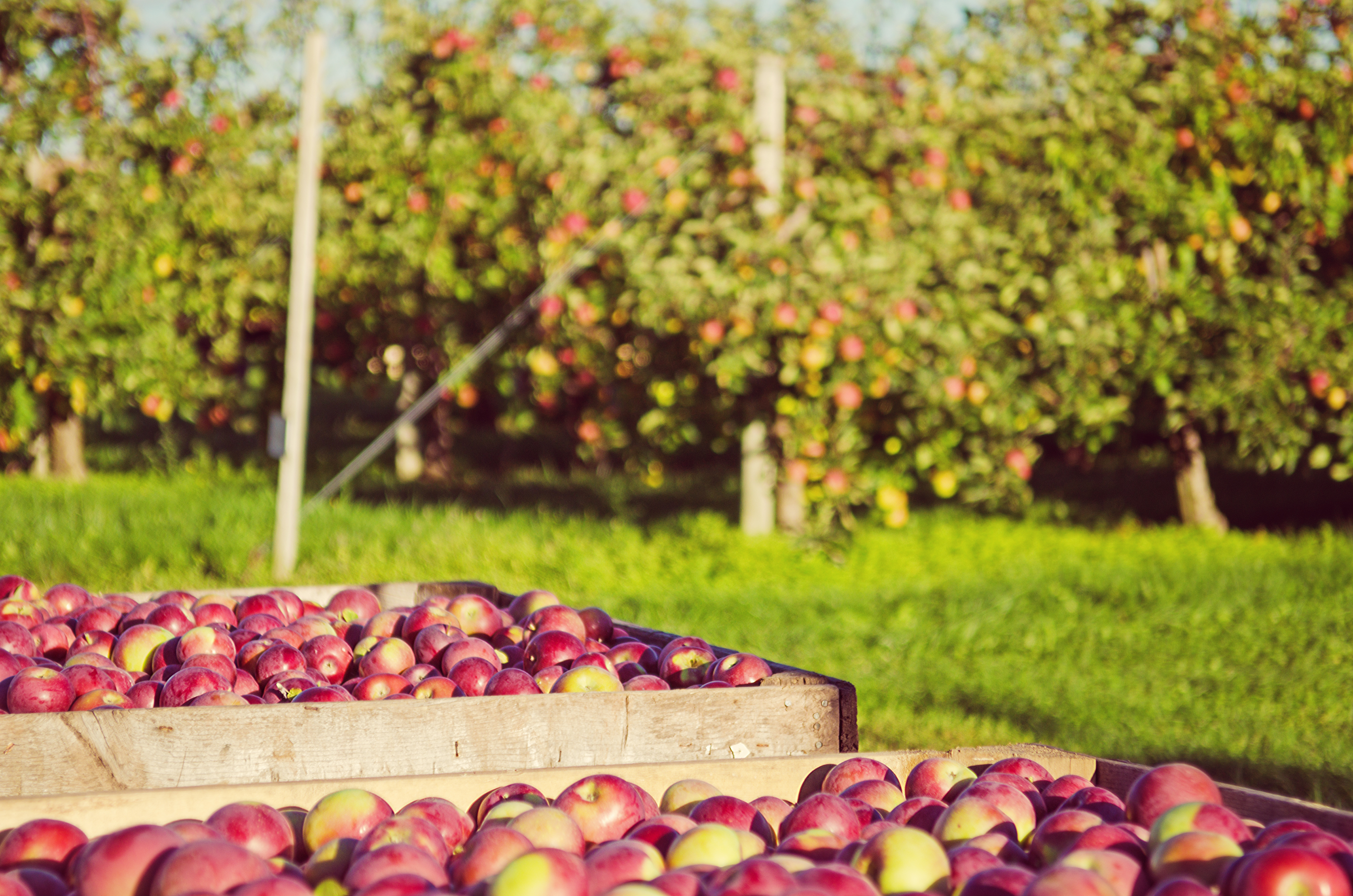
Farming and harvest of Honeycrisp apples in an orchard in Nova Scotia.
Activate Wellness: November is National Diabetes Month
Ellie Wilson, MS, RDN Senior Nutritionist
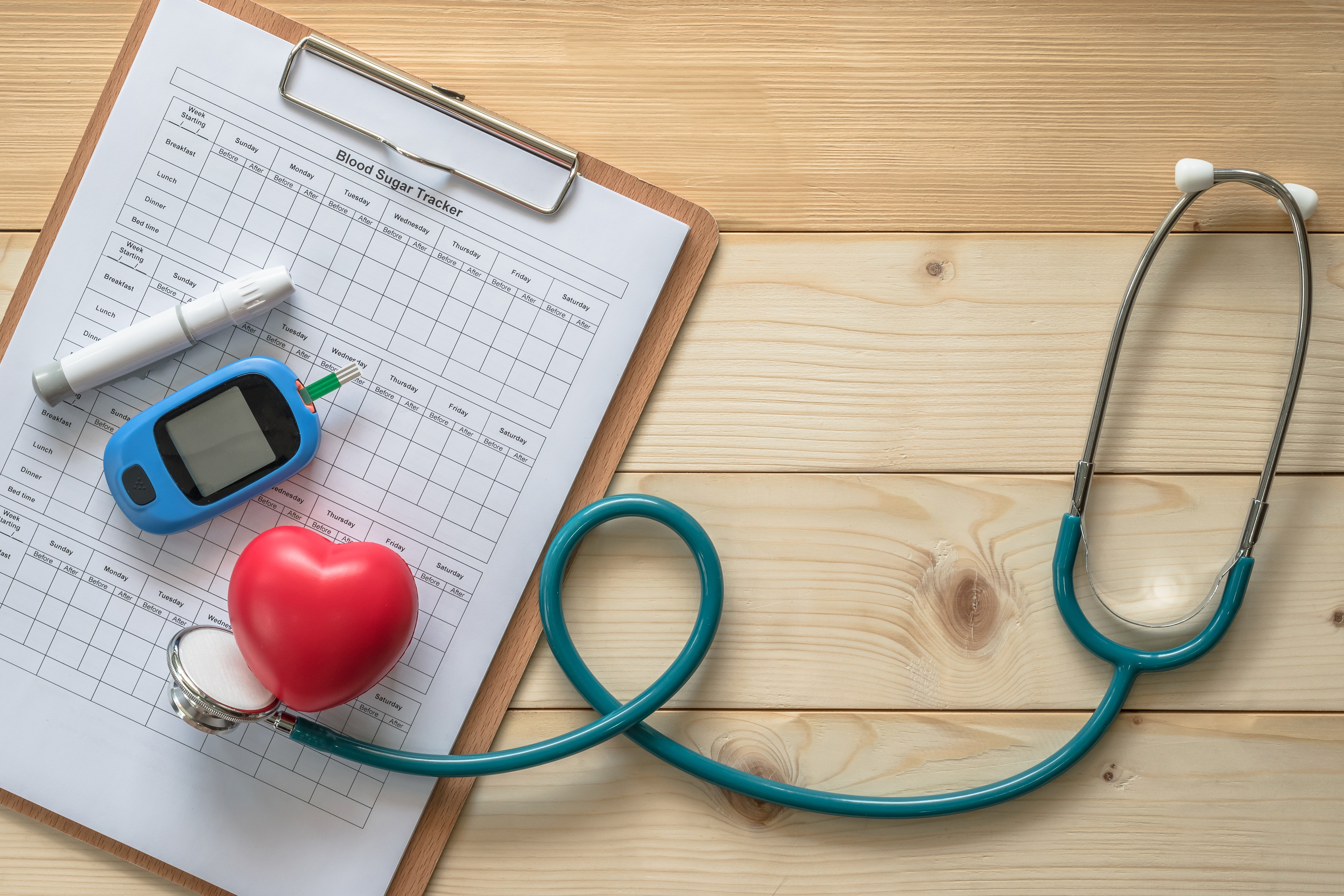 Diabetes is a rising concern for many – almost 10% of Americans have diabetes, and another 30% are at risk. The good news is, eating well to prevent or manage diabetes is the same for everyone.
Some quick tips:
Diabetes is a rising concern for many – almost 10% of Americans have diabetes, and another 30% are at risk. The good news is, eating well to prevent or manage diabetes is the same for everyone.
Some quick tips:
- Make half your plate veggies and fruit for most meals, and you have taken a giant step in the right direction. Fresh, frozen and canned fruits and veggies can all be part of your solution.
- Watch quantities on starchy foods – a small serving of potatoes is fine, whole grain sides like rice and quinoa in smaller servings, and whole grain breads are all okay.
- Lean proteins in moderate portions, including seafood twice per week, dairy, beans and legumes, lean chicken, pork or beef – all fit.
- Good fats, like olive oil, avocados and olives, are important to ensuring food tastes good and enhances absorption of key nutrients.
- Even dessert – small servings, or low/no calorie treats, are a good way to make delicious and carb-conscious choices.
- Milk or water round out your meals and snacks, and offer vital nutrients and hydration.
- Our Pharmacy team is also a wonderful resource and has a free medication and supplies program. https://www.pricechopper.com/pharmacy#/
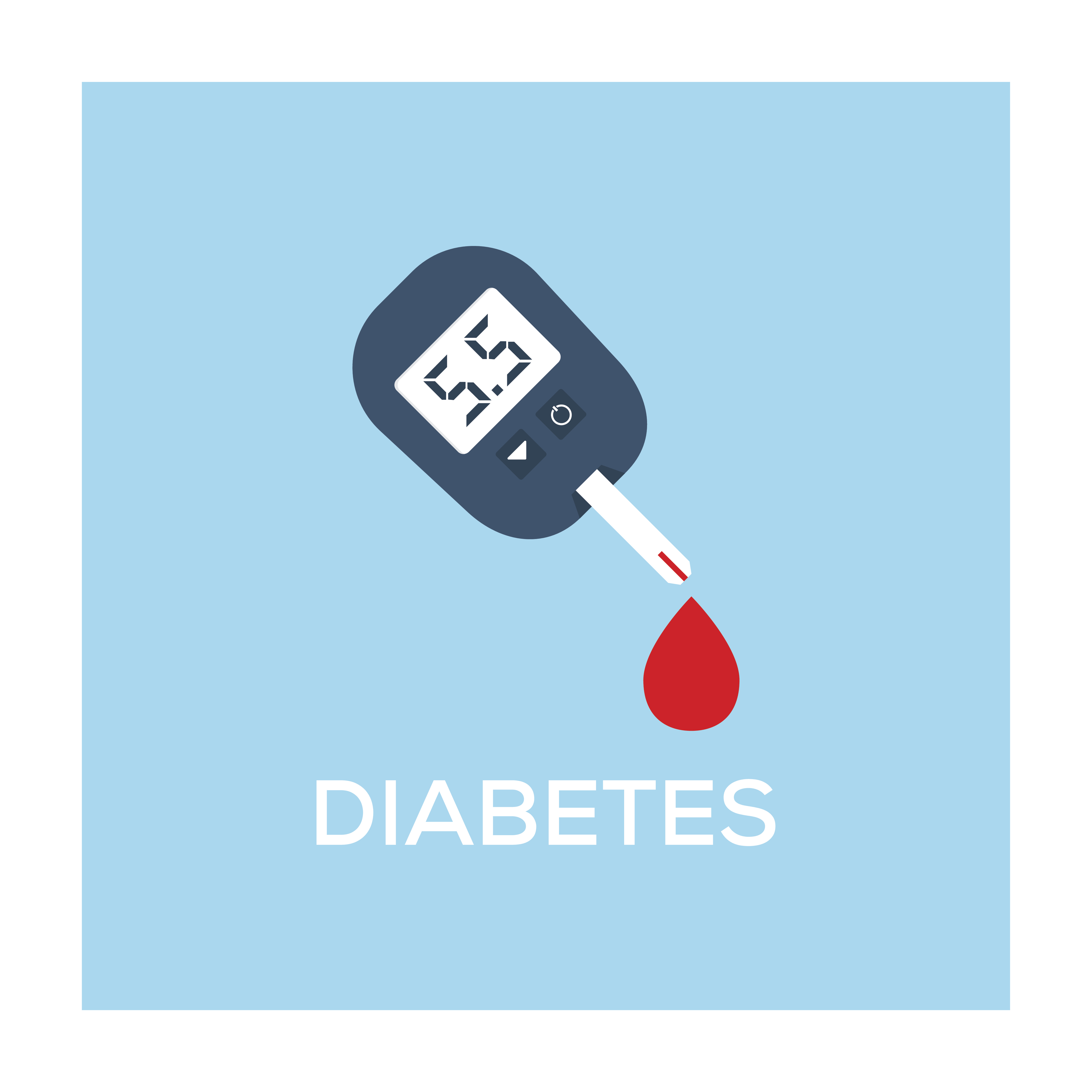 dinner affect my fasting blood glucose? What is a “good” fasting blood glucose? How do I use my blood glucose meter?
Sometimes a little “one on one” time to go over these questions can be very helpful! Stop by your local Market 32/Price Chopper Pharmacy and ask for help.
Did you know that we have a Diabetes AdvantEdge program to help you fight your diabetes? This allows patients to receive many generic diabetes medications for free and also a free blood glucose meter and discounted test strips. This can go a long way in making those medication costs affordable. We also have a mobile app and web pharmacy so that you can reorder refills on the go. You can even set up reminders right on your phone to help you remember to take a medication. Doesn’t get easier than that! To download go to the app store and download the Price Chopper Pharmacy Mobile App.
Next time you think, “I could use some help with my diabetes”, think Market 32/Price Chopper and stop in! We are happy to help.
Written by Kim DeMagistris, PharmD, RPh
Price Chopper Pharmacist
For more information visit:
https://www.pricechopper.com/pharmacy#/
http://www.diabetes.org/in-my-community/american-diabetes-month/
dinner affect my fasting blood glucose? What is a “good” fasting blood glucose? How do I use my blood glucose meter?
Sometimes a little “one on one” time to go over these questions can be very helpful! Stop by your local Market 32/Price Chopper Pharmacy and ask for help.
Did you know that we have a Diabetes AdvantEdge program to help you fight your diabetes? This allows patients to receive many generic diabetes medications for free and also a free blood glucose meter and discounted test strips. This can go a long way in making those medication costs affordable. We also have a mobile app and web pharmacy so that you can reorder refills on the go. You can even set up reminders right on your phone to help you remember to take a medication. Doesn’t get easier than that! To download go to the app store and download the Price Chopper Pharmacy Mobile App.
Next time you think, “I could use some help with my diabetes”, think Market 32/Price Chopper and stop in! We are happy to help.
Written by Kim DeMagistris, PharmD, RPh
Price Chopper Pharmacist
For more information visit:
https://www.pricechopper.com/pharmacy#/
http://www.diabetes.org/in-my-community/american-diabetes-month/ 


